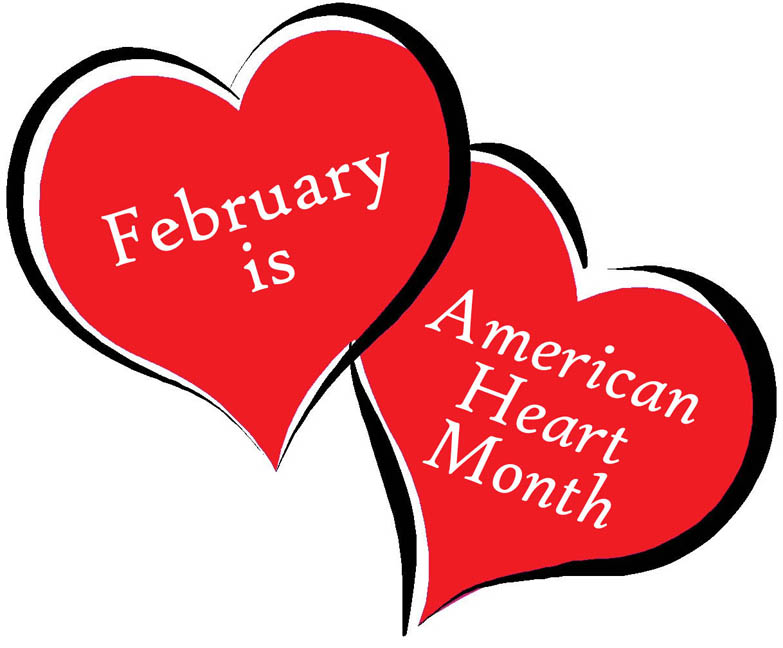Our volunteers are the heart of MANNA. With more than 4,200 neighbors donating 40,000+ hours of uncompensated service, we truly could not be more thankful for all they do. We hired the University of North Carolina’s Department of Psychology to evaluate our volunteer program with a validated survey tool. The results we received were profound and will help us improve the MANNA volunteer experience. Thank you to all who participated in the survey! Our dedicated volunteer force never ceases to amaze us.
Findings & Results:
More than half of volunteers have reported improved emotional well-being
1 in 4 people have reported improved relationships with their colleagues, subordinates and supervisors
88% of people report that their volunteer assignments at MANNA inspire them

“The people at MANNA (staff and volunteers) are terrific – a pleasure to work with. MANNA’s mission continues to grow and flourish, and so does the importance of its volunteers.
– MANNA volunteer
“MANNA is one of my absolute favorite places to volunteer. Everyone at MANNA has a passion about helping others in a very direct and goal-oriented way.”
– MANNA volunteer

Volunteer Sponsor 2016
Thank you to our friends at West Laurel Hill for once again sponsoring our efforts to celebrate and honor our volunteers throughout the year! Not only do they partner with us for #Run4UrLife in October, they are our year-long Volunteer Appreciation Sponsor which includes our National Volunteer Appreciation Week events and our annual Volunteer Appreciation Party in fall. We are extremely grateful for their dedication to MANNA and their ongoing commitment to our volunteers!


